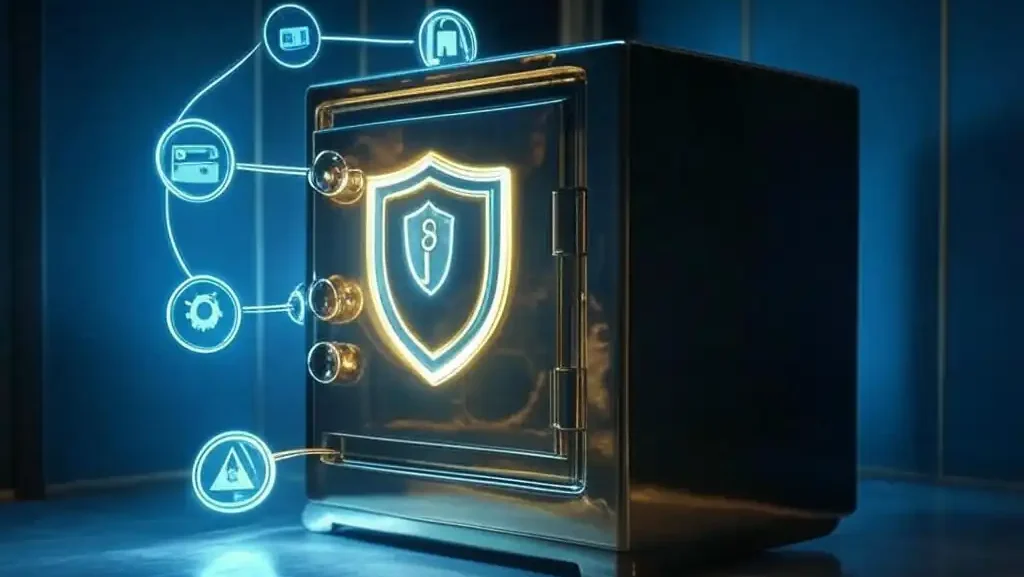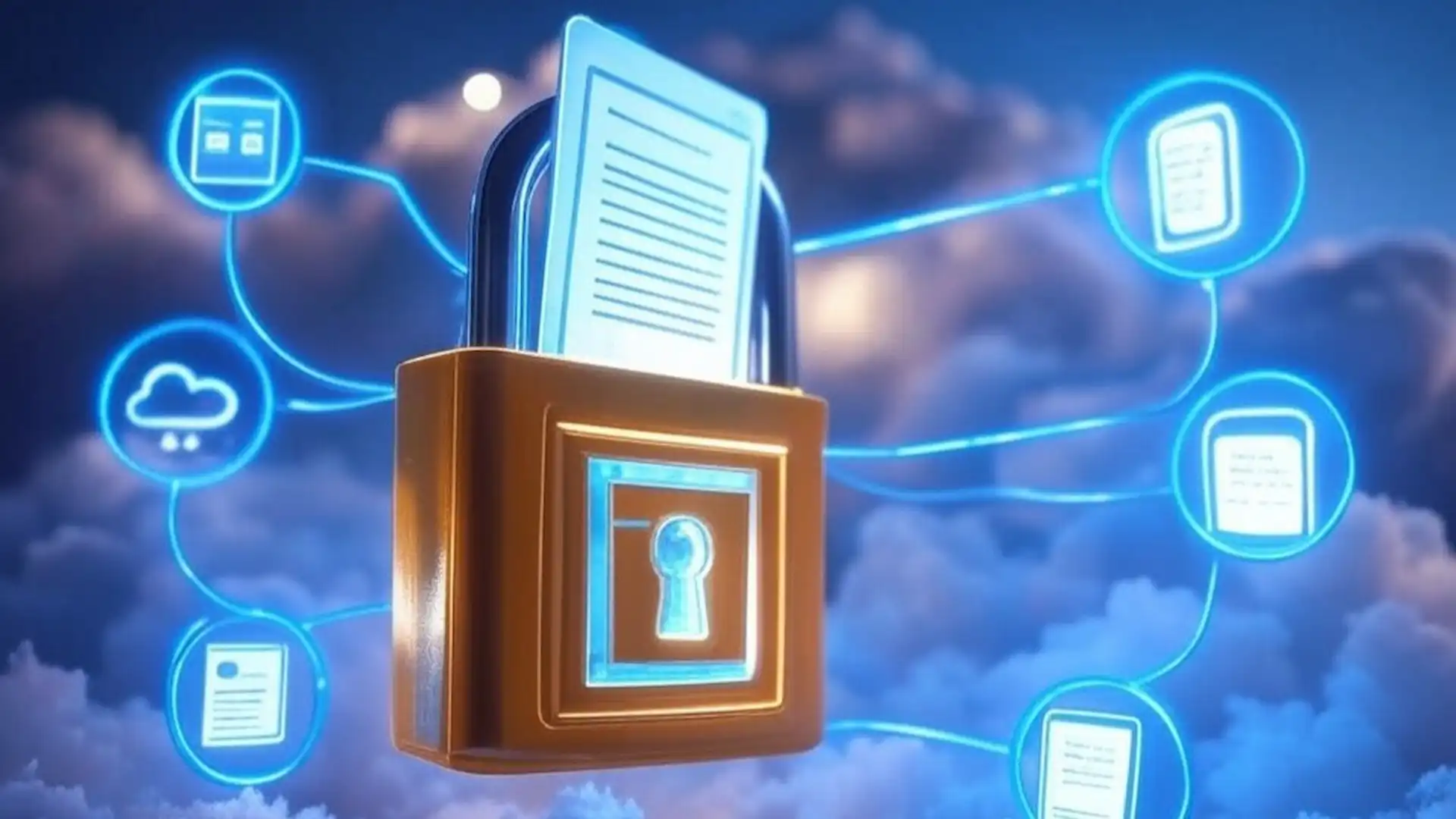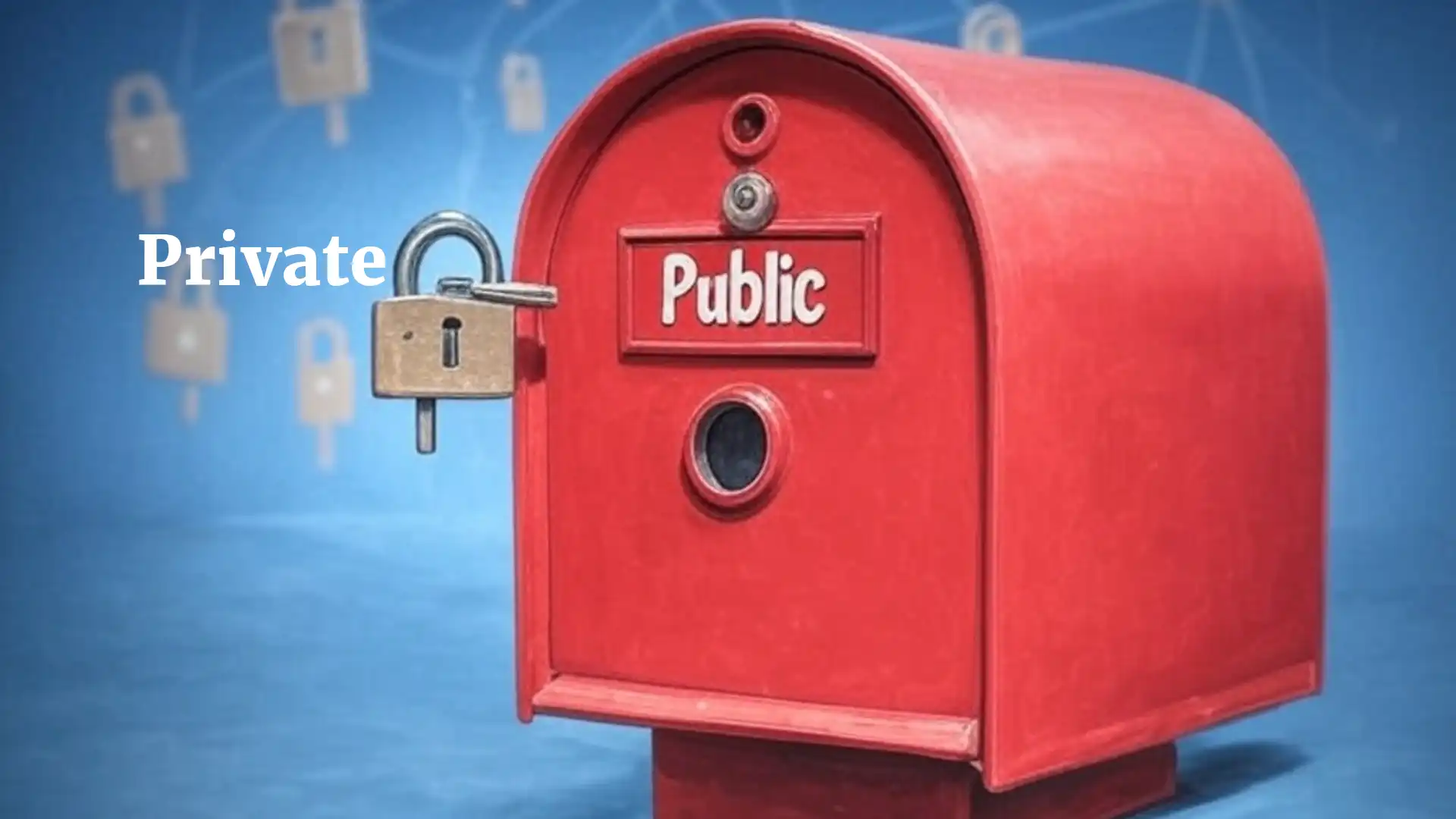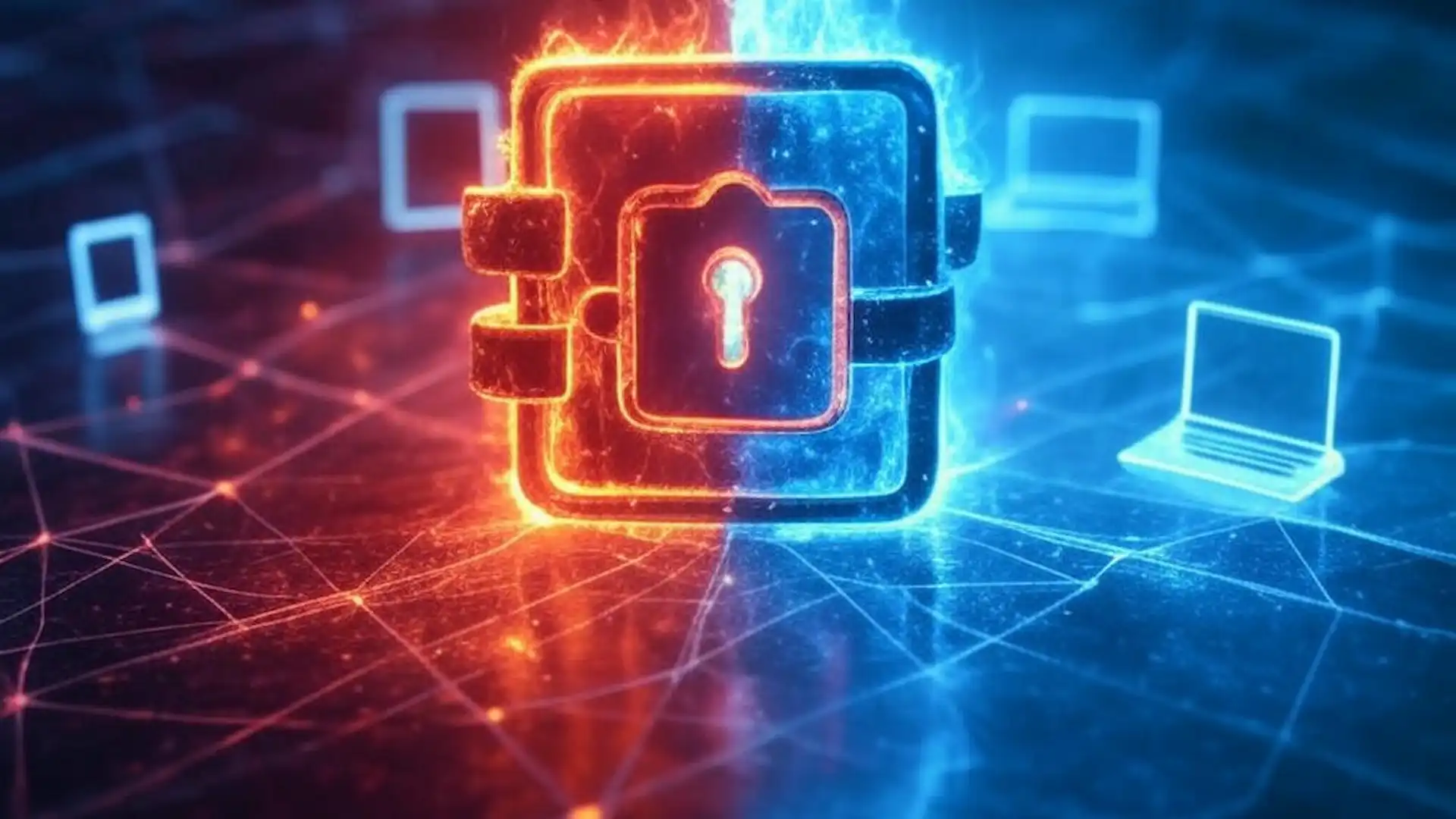Wallet Security Best Practices

In the cryptocurrency world, you are your own bank—which brings both freedom and responsibility. Unlike traditional financial systems, there’s no customer service department to recover lost funds or reverse unauthorized transactions. This guide covers critical security measures that can help protect your cryptocurrency holdings from theft, loss, and user error.
The Stakes: Why Crypto Security Matters
The immutable nature of blockchain transactions creates a unique security landscape:
- Cryptocurrency transactions cannot be reversed once confirmed
- There is no central authority to recover lost or stolen funds
- Phishing attacks specifically targeting crypto users are increasingly sophisticated
- The pseudonymous nature of crypto makes it attractive to attackers
Essential Security Practices
Securing Your Seed Phrase
Your seed phrase (or recovery phrase) is the master key to your wallet:
- Write it down on paper—never store it digitally
- Store copies in multiple secure locations
- Consider using metal backup solutions to protect against fire and water damage
- Never share it with anyone, not even those claiming to be support staff
- Verify your backup by testing the recovery process with small amounts
Using Strong Authentication
Enhance your wallet’s security with:
- Strong, unique passwords for software wallets
- PIN codes for hardware wallets
- Two-factor authentication (2FA) when available (preferably authenticator apps, not SMS)
- Biometric authentication where supported
Protecting Your Devices
Your devices are potential attack vectors:
- Keep software updated with the latest security patches
- Use antivirus and anti-malware protection
- Be cautious on public Wi-Fi networks
- Dedicate devices specifically for crypto management when possible
- Enable encryption on all devices storing wallet information
Advanced Security Measures
Hardware Wallets
Hardware wallets provide significant security advantages:
- Private keys remain in a secure element, never exposed to your computer
- Physical confirmation required for transactions
- Resistant to malware and remote attacks
- Can be used safely even on compromised computers
Multisignature Wallets
Multisignature (multisig) wallets require multiple keys to authorize transactions:
- Protects against the compromise of a single device or key
- Allows for shared control (e.g., 2-of-3 signatures required)
- Ideal for high-value holdings or organizational funds
Transaction Safety
When sending cryptocurrency:
- Double-check addresses before confirming transactions
- Send test transactions when using new addresses
- Verify transaction details on hardware wallet screens
- Be wary of clipboard hijacking malware that changes addresses
Phishing Awareness
Cryptocurrency users are prime targets for phishing:
- Verify wallet URLs carefully—bookmark official sites
- Never click links in emails claiming to be from wallet providers
- Be suspicious of giveaways and too-good-to-be-true offers
- Check for SSL certificates (https://) on websites
- Remember that legitimate services will never ask for your seed phrase
Creating a Comprehensive Security Strategy
Tiered Security Approach
Implement different security levels based on the value being protected:
- Convenience tier: Mobile wallets with small amounts for daily use
- Savings tier: Hardware wallets for significant holdings
- Cold storage tier: Air-gapped solutions for long-term investments
Regular Security Audits
Periodically review and update your security:
- Test recovery procedures regularly
- Update passwords and access methods
- Review authorized applications connected to your wallets
- Stay informed about new security threats and best practices
When Things Go Wrong
If you suspect a security breach:
- Transfer funds immediately to a new, secure wallet if possible
- Change passwords on any associated accounts
- Disconnect third-party applications that had access to your wallet
- Document the incident for potential investigation
- Create entirely new wallets with new seed phrases (don’t reuse compromised ones)
Conclusion
Cryptocurrency security is a personal responsibility that requires ongoing attention and care. By implementing the practices outlined in this guide, you can significantly reduce the risk of loss while maintaining practical access to your digital assets. Remember that security exists on a spectrum—there’s always a tradeoff between convenience and protection. Your goal should be to implement security measures proportional to the value you’re protecting, while ensuring you can reliably access and use your cryptocurrencies when needed.


